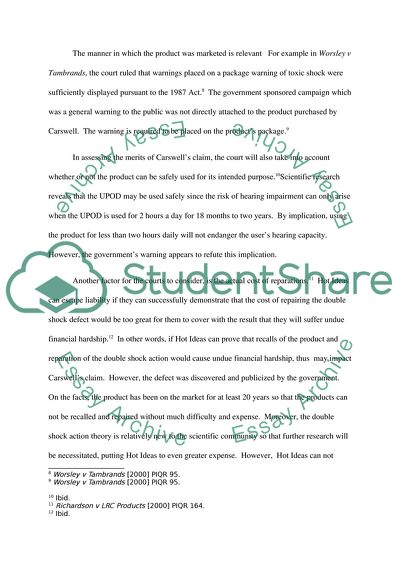Cite this document
(“The Consumer Protection Act 1987 Analysis Essay”, n.d.)
The Consumer Protection Act 1987 Analysis Essay. Retrieved from https://studentshare.org/law/1552448-product-and-strict-liability-law-2-problem-questions-and-an-essay
The Consumer Protection Act 1987 Analysis Essay. Retrieved from https://studentshare.org/law/1552448-product-and-strict-liability-law-2-problem-questions-and-an-essay
(The Consumer Protection Act 1987 Analysis Essay)
The Consumer Protection Act 1987 Analysis Essay. https://studentshare.org/law/1552448-product-and-strict-liability-law-2-problem-questions-and-an-essay.
The Consumer Protection Act 1987 Analysis Essay. https://studentshare.org/law/1552448-product-and-strict-liability-law-2-problem-questions-and-an-essay.
“The Consumer Protection Act 1987 Analysis Essay”, n.d. https://studentshare.org/law/1552448-product-and-strict-liability-law-2-problem-questions-and-an-essay.


